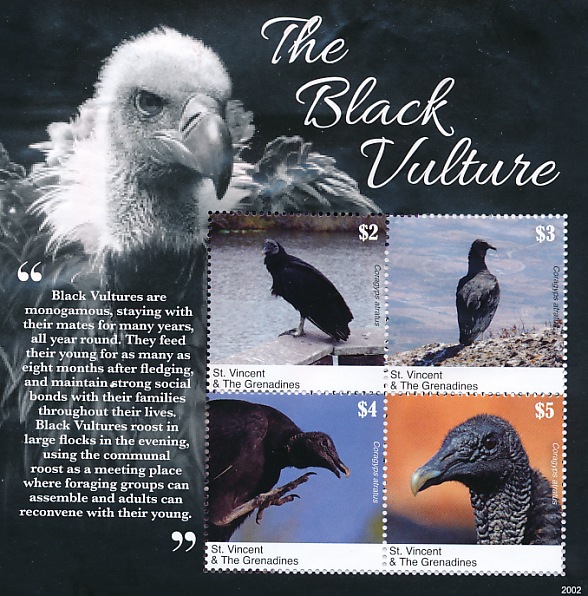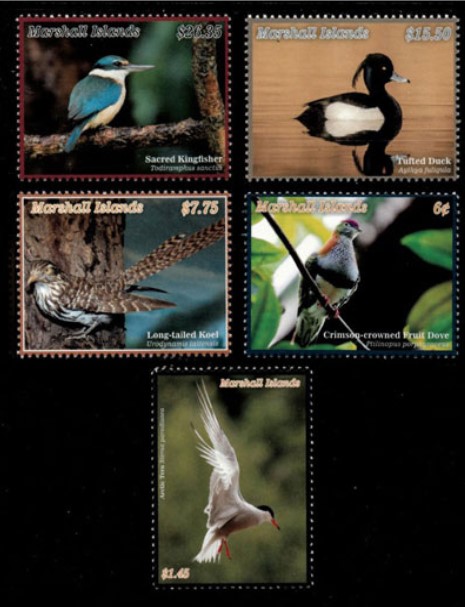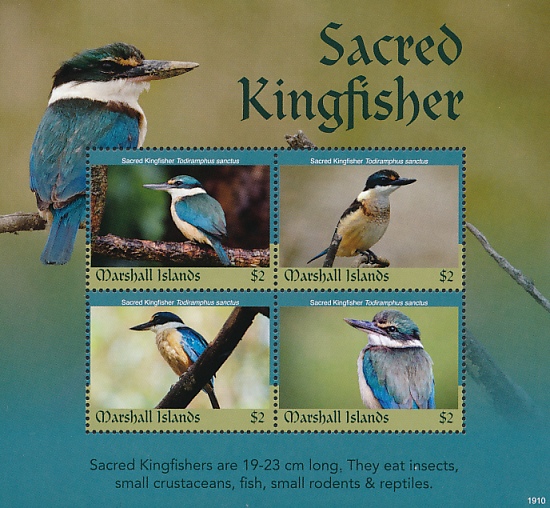Sorry, you need to be a member of the Bird Stamp Society to see this content.
All posts by Gilly Christmas
Bird Symbols of Canada
Part 1 – Ontario
Provincial Bird: The Common Loon (Gavia immer)

Ontario adopted the Common Loon as its official bird on 23 June 1994. This choice is rather appropriate, given that lakes and rivers make up one fifth of the geographical area of the province. About this bird, the Canada Government website states:
“Found in lakes and rivers across the province, the loon’s eerie call is associated with the beauty and solitude of Ontario’s wilderness. The loon can dive to depths of 70 metres in search of food, and stay under water for three minutes.”
The Common Loon has appeared on several bird stamps issued by Canada Post. The first of these, issued in 1998, was from a set of two (the second featured a polar Bear) and the design artwork was done by Alain Leduc et Steven Slipp, with engraving done by Martin Mörck.
Fast forward then to 2012, when the Common loon appeared on a definitive stamp based on the theme of “Baby Animals”. The stamp below is a self-adhesive and was also printed in a booklet of six stamps.

Hildasay Island – Cinderella Stamps
Written by Steven Ardron.
Where is Hildasay Island?
Hildasay is a small, uninhabited island located in the Shetland Islands, off the West Coast of the Shetland mainland.

There are some attractive bird stamps relating to Hildasay Island. First up is this sheetlet of four stamps featuring a Redshank (Tringa tetanus), Turnstone (Arenaria interpres), Lapwing (Vanellus vanellus) and Curlew (Numenius arquata). All four of these birds can be found in the Shetland Islands.
These Cinderella stamps are based on attractive watercolour illustrations of all four birds. Graham Soult (of dealer Graham Land Stamps) states on his website that the origin of these issues is not clear, though he thinks that they may date form the 1990s.
St Vincent and The Grenadines
The Black Vulture (Coragyps atratus)
St Vincent and The Grenadines is another country with an extensive range of bird stamps. For this March 2020 issue, I was struck by the powerful design of this miniature sheet and set of four stamps from the Inter-Governmental Philatelic Corporation for the St Vincent and The Grenadines Postal Corporation. I particularly like the background image, with the imposing photograph of the Black Vulture. I also think that it is helpful too to have a commentary about the Black Vulture incorporated into the margin.

I then went to the website of the Society for the Conservation and Study of Caribbean Birds where I found the freely available “Complete Checklist of the birds of the West Indies” in which the Black Vulture is mentioned as a “Rare Breeding Resident”, so I guess that it is conceivable that the Black Vulture might be spotted (from time to time) in St Vincent and the Grenadines.
Marshall Islands
Birds Definitives Set
22 May 2020

This is more my type of stamp issue: a new definitive stamp set that will hopefully have postal usage. The Inter-Governmental Philatelic Corporation (IGPC) has recently issued this set of five definitives for the Marshal Islands. They add to an already comprehensive list of bird stamps from this country.
The five birds featured are:
- $26.25 Sacred Kingfisher (Todiramphus sanctus)
- $15.50 Tufted Duck (Aythya fuligula)
- $7.75 Long-tailed Koel (Urodynamis taitensis)
- $0.06 [6c] Crimson Crowned Fruit Dove (Ptilinopus porphyraceus)
- $1.45 Arctic Tern (Sterna paradisaea)
The Sacred Kingfisher has made a couple of recent appearances on the stamps of the Marshall Islands. This set of four stamps in a souvenir sheet dates from 22 May 2019. Prior to that, there was one stamp issue in March 2019, as part of a set of six stamps on the theme of birds of the Marshall Islands.

Other countries that have issued Sacred Kingfisher stamps include Australia and New Zealand, as well as Guinea. The bird is widely found in Oceania and is classified in the “Least Concern” category.
The Tufted Duck is a truly global bird and features on some 30 stamps from around the world. Interestingly, a few of these issues also show the brown female, including those from Jersey, Maldives, Palau and Romania. The Tufted Duck is also classed as being in the “Least Concern” group.
The Long-tailed Koel is one of six land birds that is a resident of the Marshall Islands. It has a broad distribution across the islands and land masses of the Pacific Ocean. The Birdlife Data zone states that the Long-tailed Koel is in the “Least Concern” category, though the population numbers as a whole are suspected of being in decline, owing to habitat destruction, a message that is too common.
The bird theme website shows that there are ten previous stamps featuring this bird, issued by Tuvalu, Niue, Norfolk Island as well as Micronesia and the Marshall Islands (back in 2002) and Kiribati. One of the Tuvalu issues was for the “Kosovo Relief Fund”. The connection between these two countries doesn’t immediately spring to mind.
The Tongan or Crimson Crowned Fruit Dove is another bird that has featured on a dozen stamp issues from countries in the Pacific, where it is to be found. These issues include ones from Niue, Wallis and Futuna, Fiji and the Marshall Islands (in 199, 2002 and 2008). It is in the “Least Concern” category.
The Arctic Tern is also well represented on stamps reflecting its broad geographical spread. It is another bird classed as being in the “Least Concern” category, notwithstanding that there is likely a decreasing population trend.
Unfortunately, I have not been able to locate any information on the postal rates for the Marshall Islands Post Office. We can only hope that the odd values in this set do correspond to the real postal rates for 2020.
Sources:
